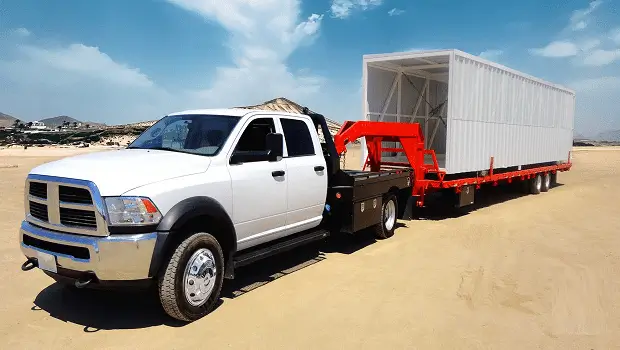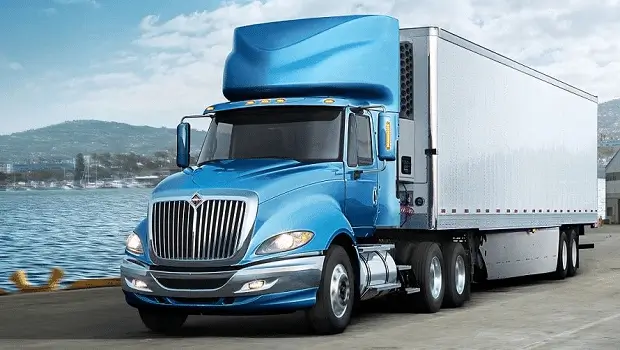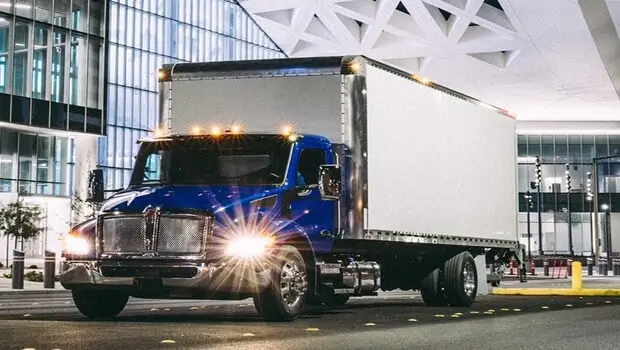Types of Freight Rates
While there are various freight rates, the per-mile rate is the standard for most owner-operators and trucking companies. Per-mile rates offer a direct and easily understood method of compensation. Under this system, owner-operators are paid a fixed amount for each mile driven with loads. For example, an owner-operator near me might earn $2.50 per mile. This rate can fluctuate based on factors such as the type of cargo, the route, current market conditions, and the specific agreement with the shipper or broker.
The simplicity of per-mile rates makes it easy for owner-operators to estimate their earnings for a given job and compare different opportunities. It also aligns well with the nature of long-haul trucking, where distance is often the most significant factor in determining the value of a shipment.
Current Freight Rates
As of 2024, the industry has seen significant changes due to global events, technological advancements, and shifting economic conditions. The latest national averages for trucking rates per mile are:
- $2.41 per mile for vans, with the highest rates in the Midwest and the lowest in the Northeast.
- $2.74 per mile for reefers, with the highest rates in the Midwest and the lowest in the Southeast.
- $2.76 per mile for flatbeds, with the highest rates in the Midwest and the lowest in the West.
It’s important to note that while these averages provide a useful benchmark, freight rates are highly specific to individual shipments and circumstances. These rates vary significantly by region, lanes, and season. For example, charges tend to be higher in areas with strong manufacturing or agricultural output and during peak shipping seasons like holidays.














